Rising Incidence of Hemiballismus
The increasing incidence of hemiballismus is a notable driver for the Hemiballismus Treatment Market. This condition, often resulting from lesions in the subthalamic nucleus, has been observed to rise in various populations, particularly among older adults and those with underlying neurological disorders. As the population ages, the prevalence of conditions that may lead to hemiballismus, such as stroke and neurodegenerative diseases, is likely to increase. This trend suggests a growing need for effective treatment options, thereby propelling the market forward. Furthermore, the estimated prevalence of hemiballismus is around 1-2 cases per 100,000 individuals, indicating a substantial patient population that requires targeted therapies. Consequently, the rising incidence of hemiballismus is expected to significantly influence the demand for innovative treatment solutions in the Hemiballismus Treatment Market.
Investment in Research and Development
Investment in research and development is a critical driver for the Hemiballismus Treatment Market. Pharmaceutical companies and research institutions are increasingly focusing on developing novel therapies and treatment strategies for hemiballismus. This trend is fueled by the recognition of the unmet medical needs of patients suffering from this condition. Recent estimates suggest that R&D spending in the neurology sector could exceed several billion dollars annually, with a portion dedicated specifically to hemiballismus. This influx of funding is likely to accelerate the discovery of new drugs and treatment modalities, enhancing the overall treatment landscape. As innovative therapies emerge from these research efforts, the Hemiballismus Treatment Market is expected to experience substantial growth, providing patients with more effective options for managing their symptoms.
Technological Advancements in Treatment Modalities
Technological advancements in treatment modalities are significantly shaping the Hemiballismus Treatment Market. Innovations in neuromodulation techniques, such as deep brain stimulation (DBS) and transcranial magnetic stimulation (TMS), have shown promise in managing hemiballismus symptoms. These advanced techniques offer targeted interventions that can potentially reduce involuntary movements associated with the condition. Moreover, the integration of artificial intelligence in treatment planning and monitoring is emerging as a game-changer, allowing for personalized approaches that enhance patient outcomes. The market is witnessing a surge in research focused on these technologies, with investments in R&D expected to reach billions in the coming years. As these technologies become more accessible and effective, they are likely to drive the growth of the Hemiballismus Treatment Market, catering to the needs of patients seeking relief from this debilitating condition.
Aging Population and Increased Healthcare Expenditure
The aging population and increased healthcare expenditure are significant drivers of the Hemiballismus Treatment Market. As the global population ages, the incidence of age-related neurological disorders, including hemiballismus, is anticipated to rise. Older adults are more susceptible to conditions that can lead to hemiballismus, such as strokes and other cerebrovascular diseases. Additionally, with healthcare expenditure on the rise, there is a greater focus on providing comprehensive care for neurological conditions. Governments and private sectors are investing more in healthcare infrastructure, which includes the development of specialized treatment facilities for neurological disorders. This trend is likely to enhance access to treatment for hemiballismus, thereby expanding the market. The combination of an aging population and increased healthcare spending is expected to create a favorable environment for the growth of the Hemiballismus Treatment Market.
Growing Awareness and Diagnosis of Neurological Disorders
The growing awareness and diagnosis of neurological disorders are pivotal factors influencing the Hemiballismus Treatment Market. Increased education among healthcare professionals and the general public regarding neurological conditions has led to earlier and more accurate diagnoses of hemiballismus. This heightened awareness is crucial, as timely intervention can significantly improve patient outcomes. Furthermore, the establishment of specialized clinics and support groups has contributed to better recognition of hemiballismus, facilitating access to treatment options. As diagnostic technologies improve, the identification of hemiballismus is expected to rise, leading to a larger patient base seeking treatment. The market is projected to expand as more individuals are diagnosed and treated, reflecting the growing understanding of neurological disorders and their impact on quality of life.


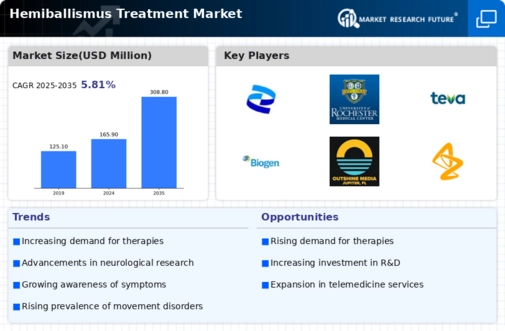
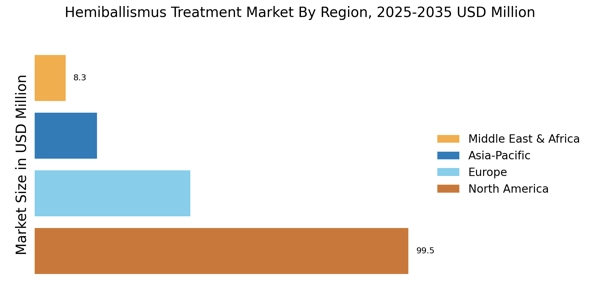
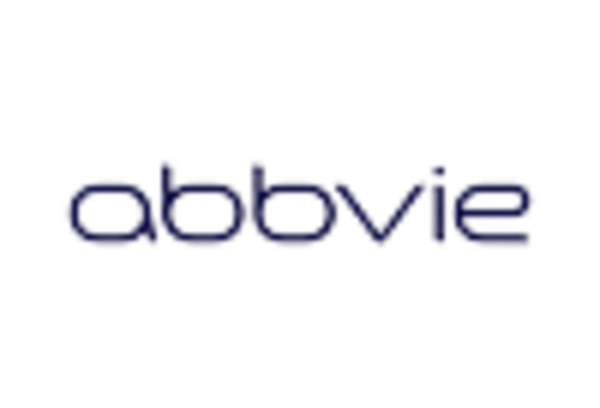
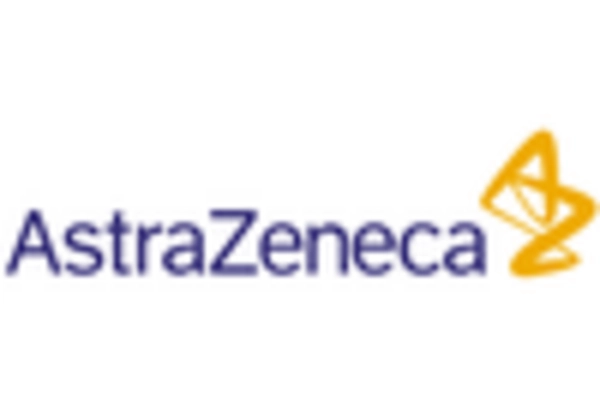
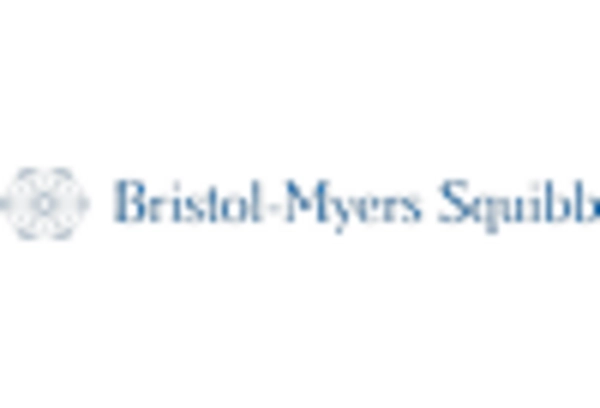

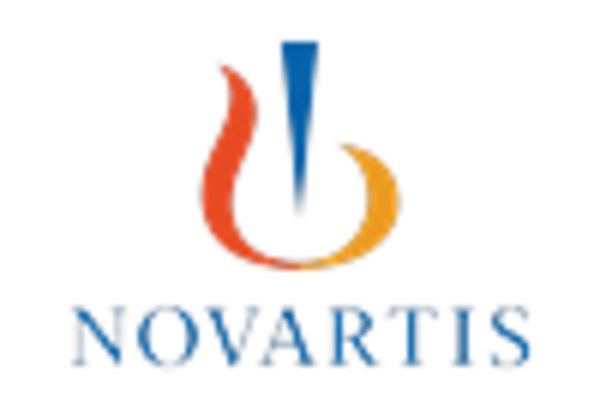
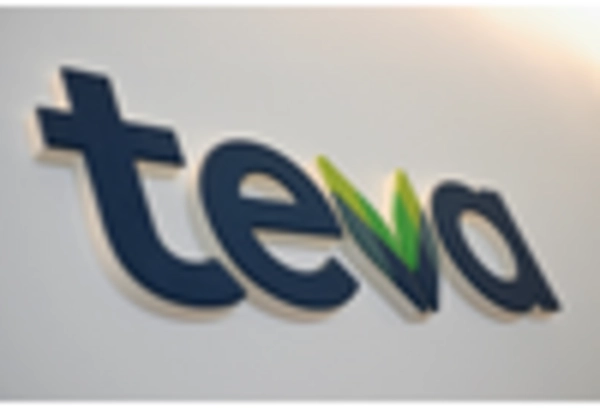








Leave a Comment